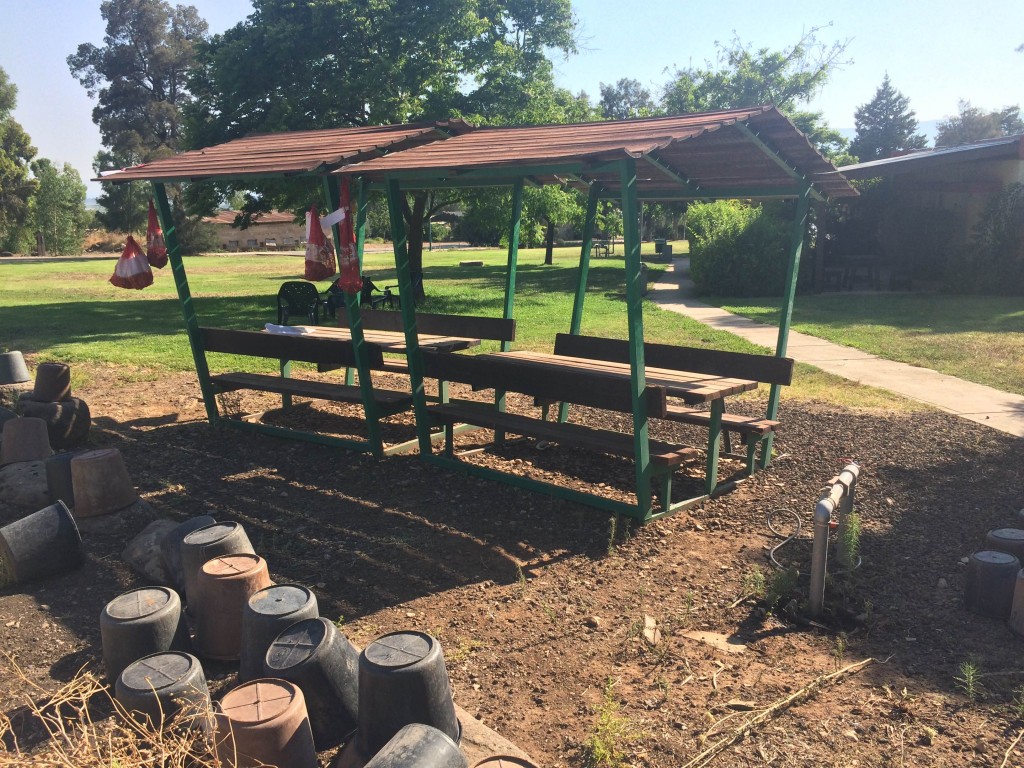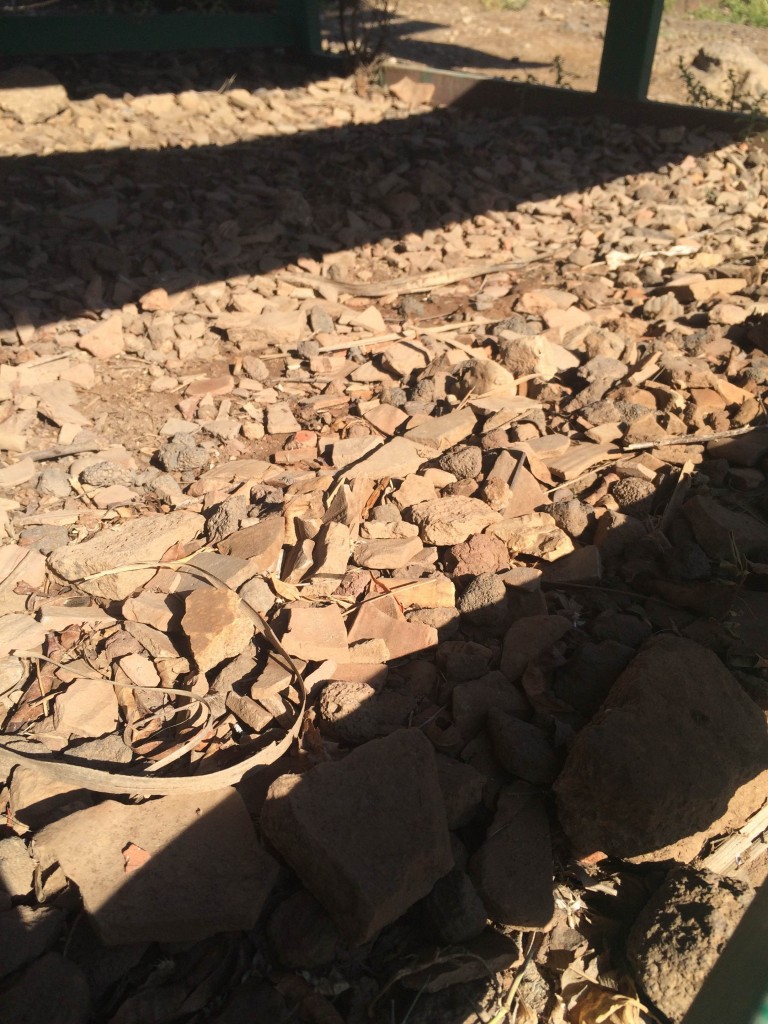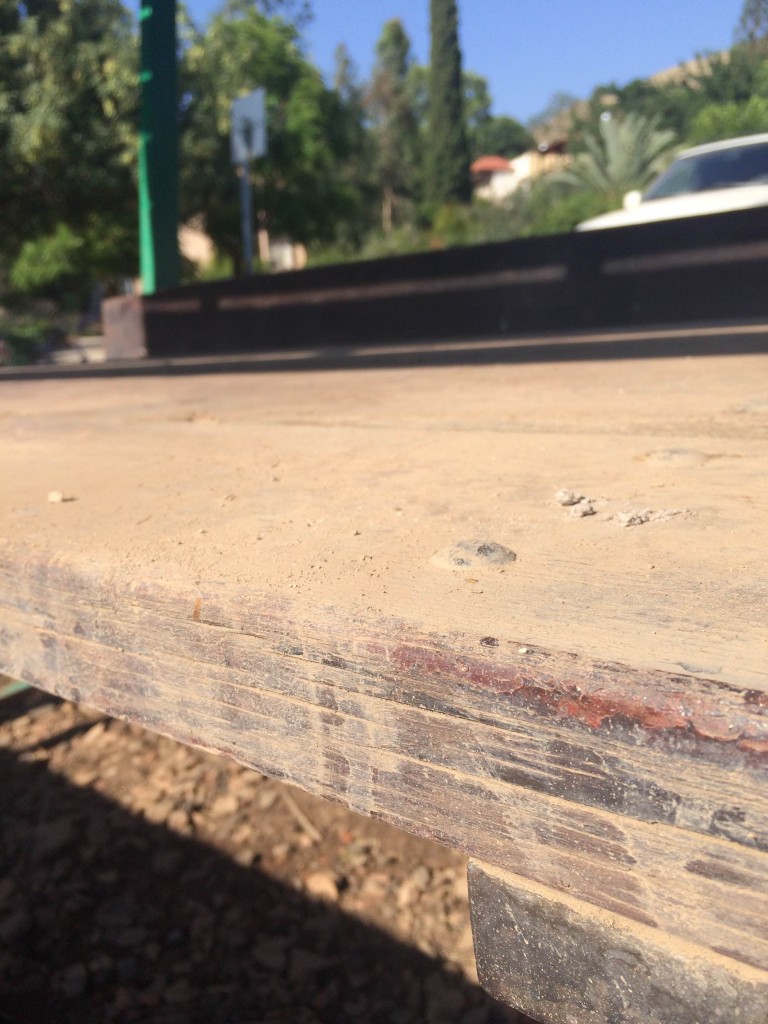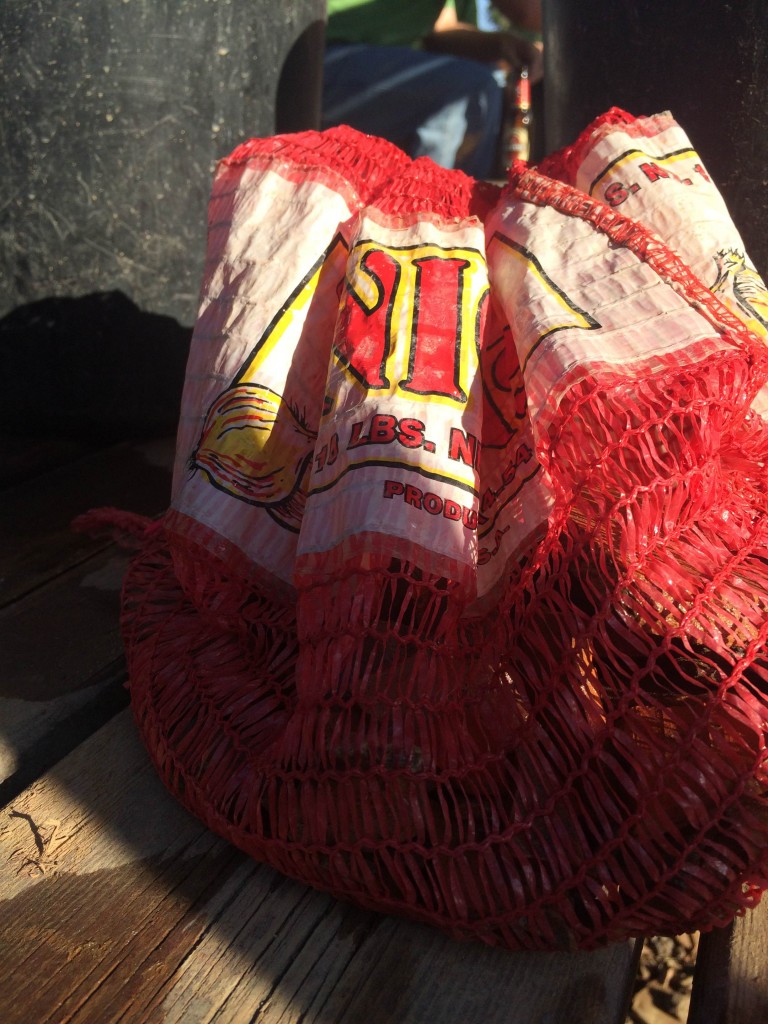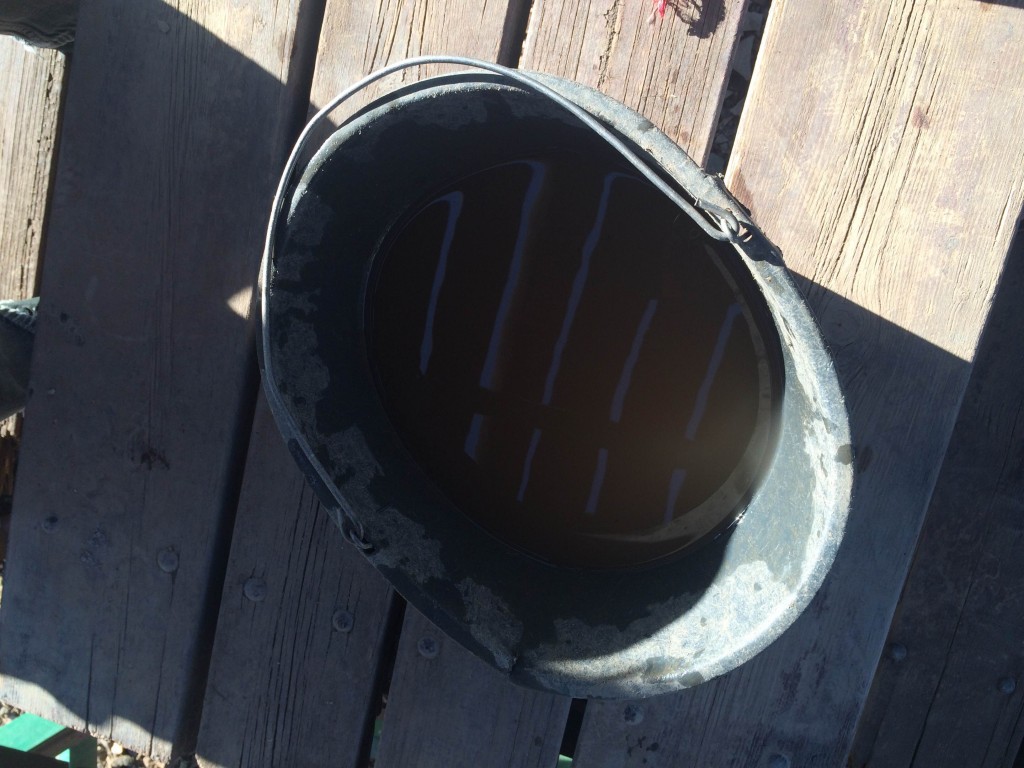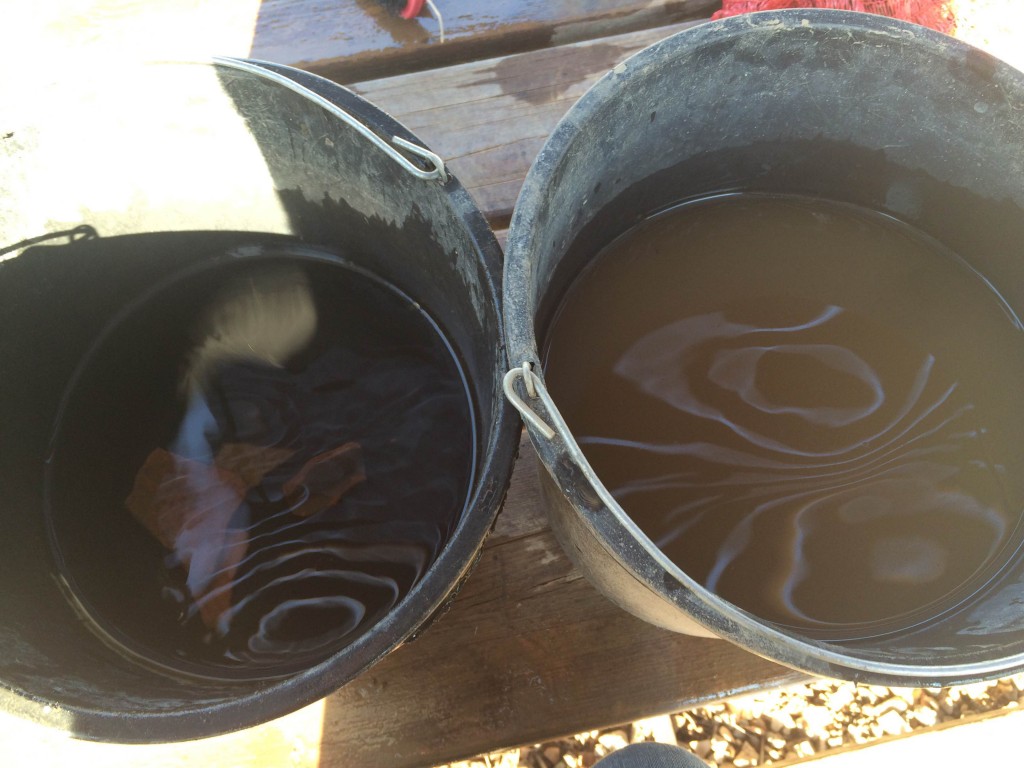In addition to excavating in the field, we at Omrit wash and process the material culture we find. In the afternoons we gather on picnic tables in the quad to scrub the sherds (British spelling of shards, convention in archaeology, unclear exactly why, see also: artefacts) of pottery sifted out of the dirt we remove from our squares. This has been happening in the exact same location for 15 or so years, and the picnic tables have about a quarter of an inch of pottery sediment coating their surfaces and a graveyard of dropped sherds beneath them.
Cleaning the pottery makes it possible for our ceramicist to accurately identify the material that we find, but clean pottery always easy to produce. Some of these sherds have been sitting in compacted dirt since Carthago deletus est, so it can take a lot of scrubbing, a lot of time, and many changes of wash water to get them to a state where they can be read. If Jen, our ceramicist, rejects a batch of pottery, we have to rewash it—which no one wants. This happened a couple of times early on in the season.
I’m not sure if we were just doing it wrong before, but over the course of the past couple of weeks my square and I have developed a vastly improved methodology. Part of the problem seemed to be that the wash water was dirty and left sediment on the sherds. But keeping the wash water clean enough to actually clean the pottery required a ludicrous number of bucket changes, consuming time and water.
In our new and improved Two-Bucket method™ the sherds go through two steps- a scrub and a rinse. Sherds are scrubbed with water from a bucket that is free to get as murky as necessary, and when there is no more removable dirt the sherds are dropped or dunked into the rinse bucket. This method produces sherds that have almost no residual sediment once dried, and as we only ever have to change out the rinse bucket it saves both time and water.
This may seem like a minor accomplishment, but we are very proud of the efficiency of our solution. Other squares that have converted say it works well for them too, and Jen is happy— so we are all happy.
Finally, on the very small chance that no one else in classical archaeology washes with the Two-Bucket method™ we would like some intellectual credit for coming up with it sometime around June 8th. @American Institue of Archaeology @ American Archaeological Association @Israeli Antiquities Authority #notactuallytrademarked #butcouldbe
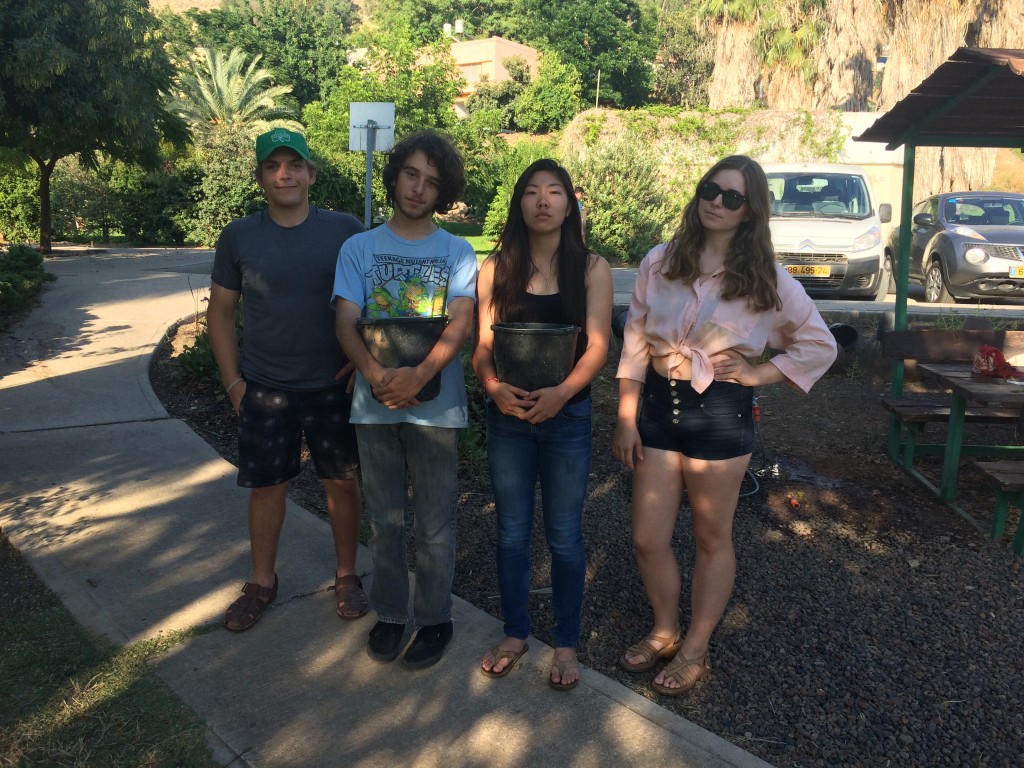
Yours truly, square J22
aka best square
right to left: Ashley (Carthage), myself, Zach (Carthage), Murph (SJC)

